TinyCADE is a small handheld game console having the AVR128DB64 microcontroller at its heart. The device is intended to be used by, but not limited to retro gaming enthusiasts, programmers, students, makers, pretty much everyone who enjoys playing and sharing games inspired from the 8-bit era.
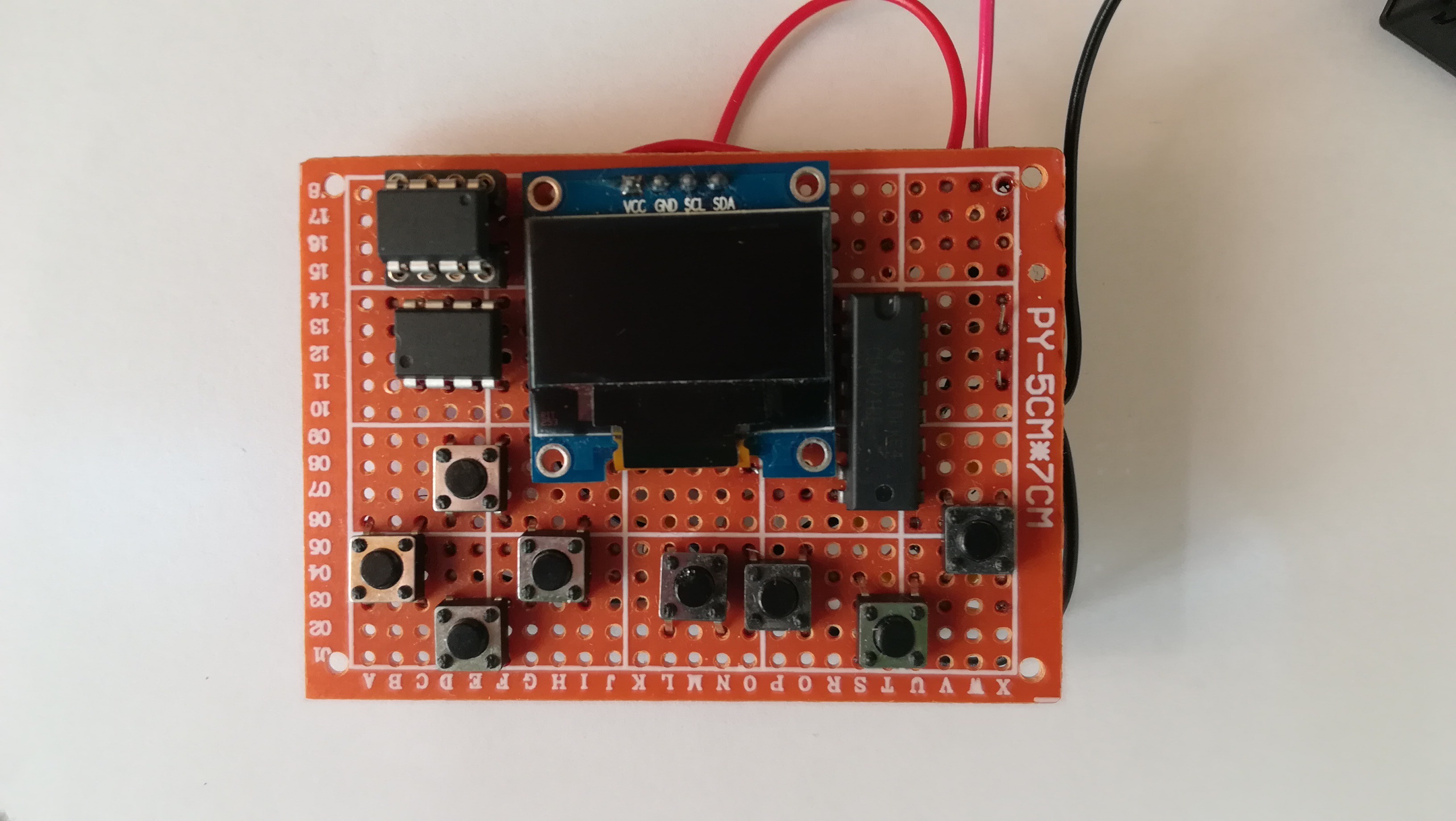
Moreover, I have also made a breadboard extension board which breaks out the debug and unused GPIO pins of the microcontrollers and the power supply rails, essentially turning the TinyCADE into an Arduino-compatible development board!
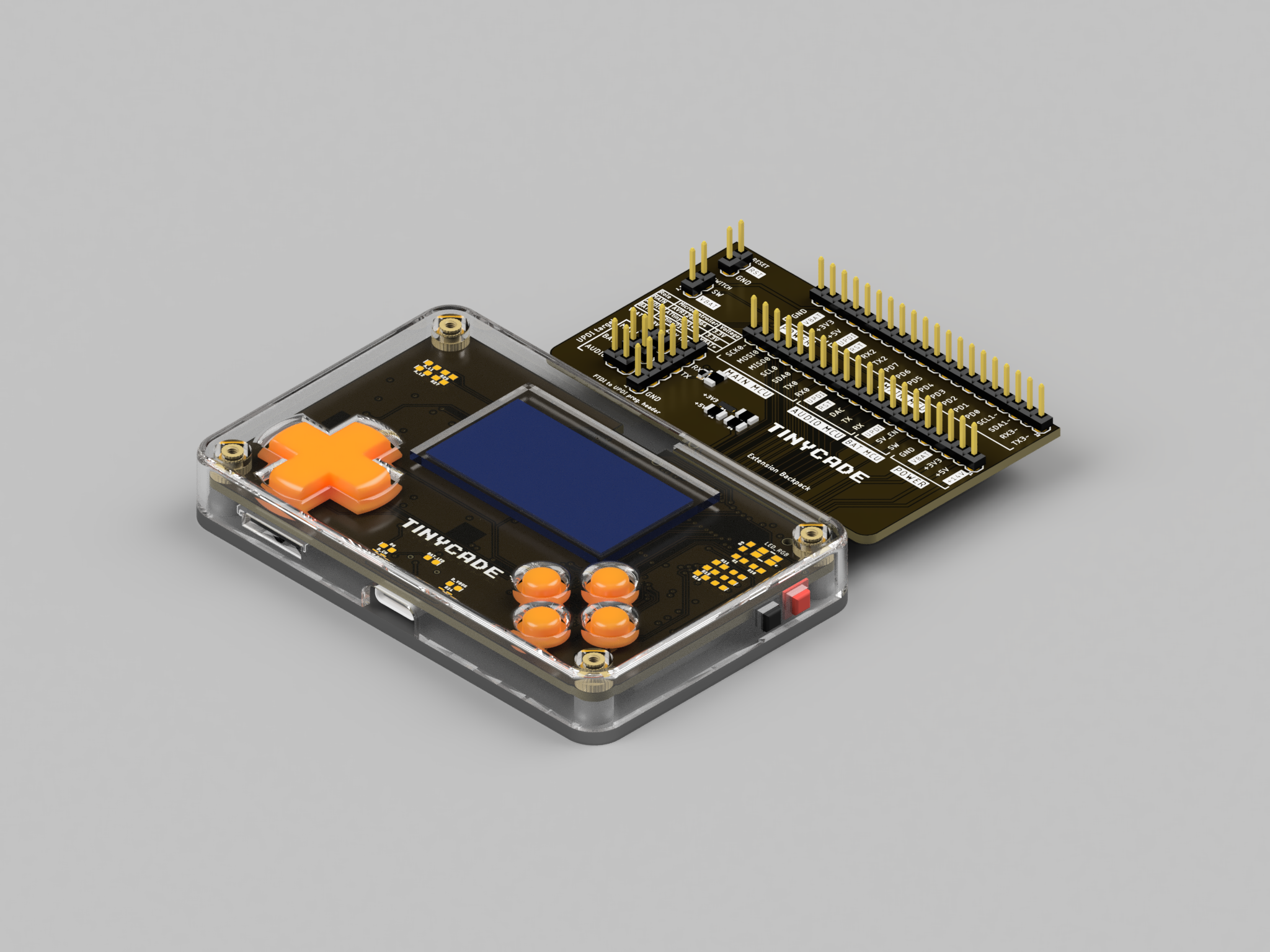
Specifications:
- AVR128DB64 8-bit microcontroller running at 24Mhz (overclockable up to 32Mhz). It has 16Kb SRAM, 128Kb flash and 0.5Kb of EEPROM. This is the main microcontroller, which the games will run on.
- A small chiptune synthesizer written in AVR assembly, running on an ATtiny1614 microcontroller at 20Mhz. It can mix up to 8 channels of individual amplitude and waveform (square, triangle, sawtooth, noise) at 44.1Khz, as well as apply ADSR envelope, vibrato, arpeggio and slide effects at 100hz, making use of every single clock cycle. The audio signal is fed into a small class D audio amplifier, through the DAC pin. The main microcontroller communicates with the synth via UART.
- 1.6 inch 128x64, 4 bits per pixel grayscale OLED
- 8 tactile buttons + 2 side buttons (power and reset)
- RGB LED
- 600mAh Li-Po battery charged via the MCP73831 IC
- Power management and time keeping via an ATtiny212 microcontroller. It receives commands and sends battery data to the AVR128DB64 via UART.
- 1.5W speaker
- MicroSD card support (SDHC), allowing to load different flash files onto the AVR128DB64 without the need of a computer
- USB Type-C port for charging the battery and communicating with the main MCU via the FT232RL IC
- Arduino IDE compatibility, many thanks to DxCore by SpenceKonde (https://github.com/SpenceKonde/DxCore)
Here is a small demo of TinyCADE playing a portion of the "Dancing Polish Cow" meme song. The song is stored as a MIDI file on the computer and is sent to the device through USB, using a sketch written in Processing. Enjoy it!
Feel free to give me some feedback or send me an email at dumitru12cosmin@gmail.com :)
Also, please check out the project's Instagram page for more cool stuff: https://www.instagram.com/tinycade_official
Stay tuned for more updates!

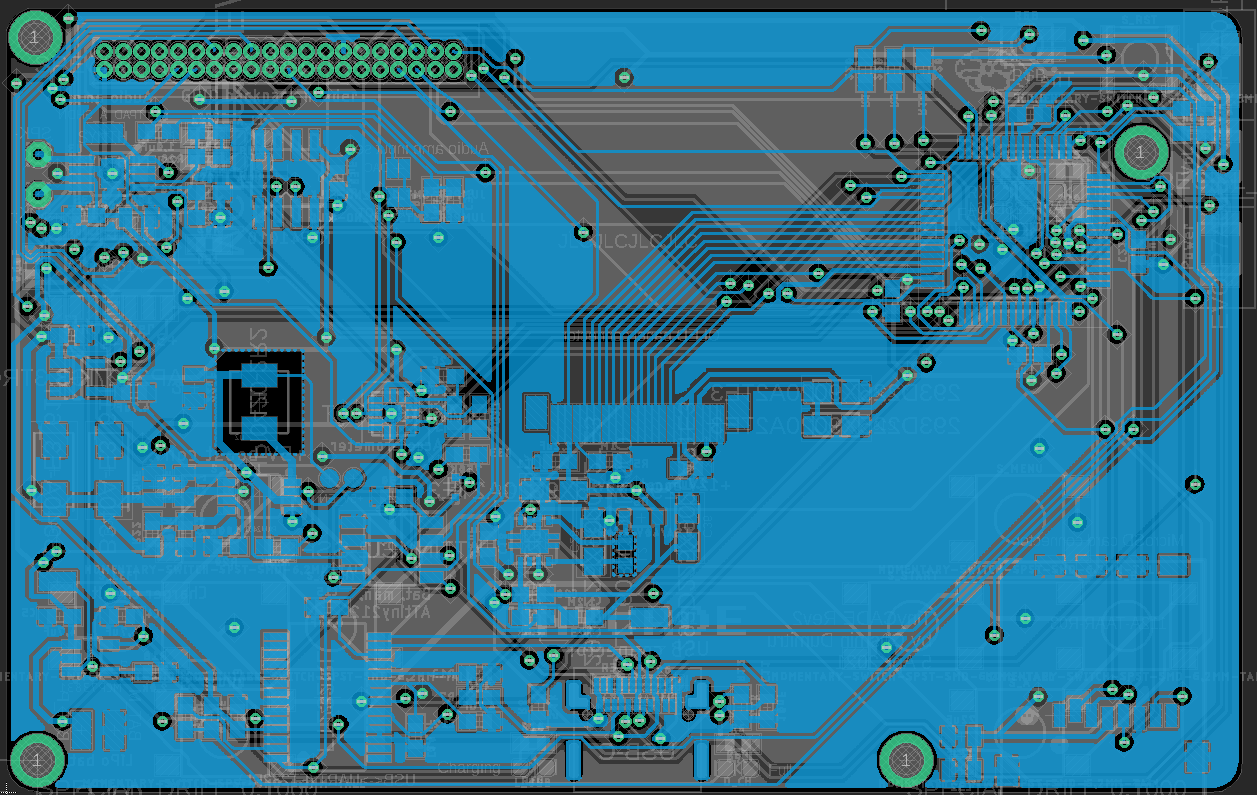

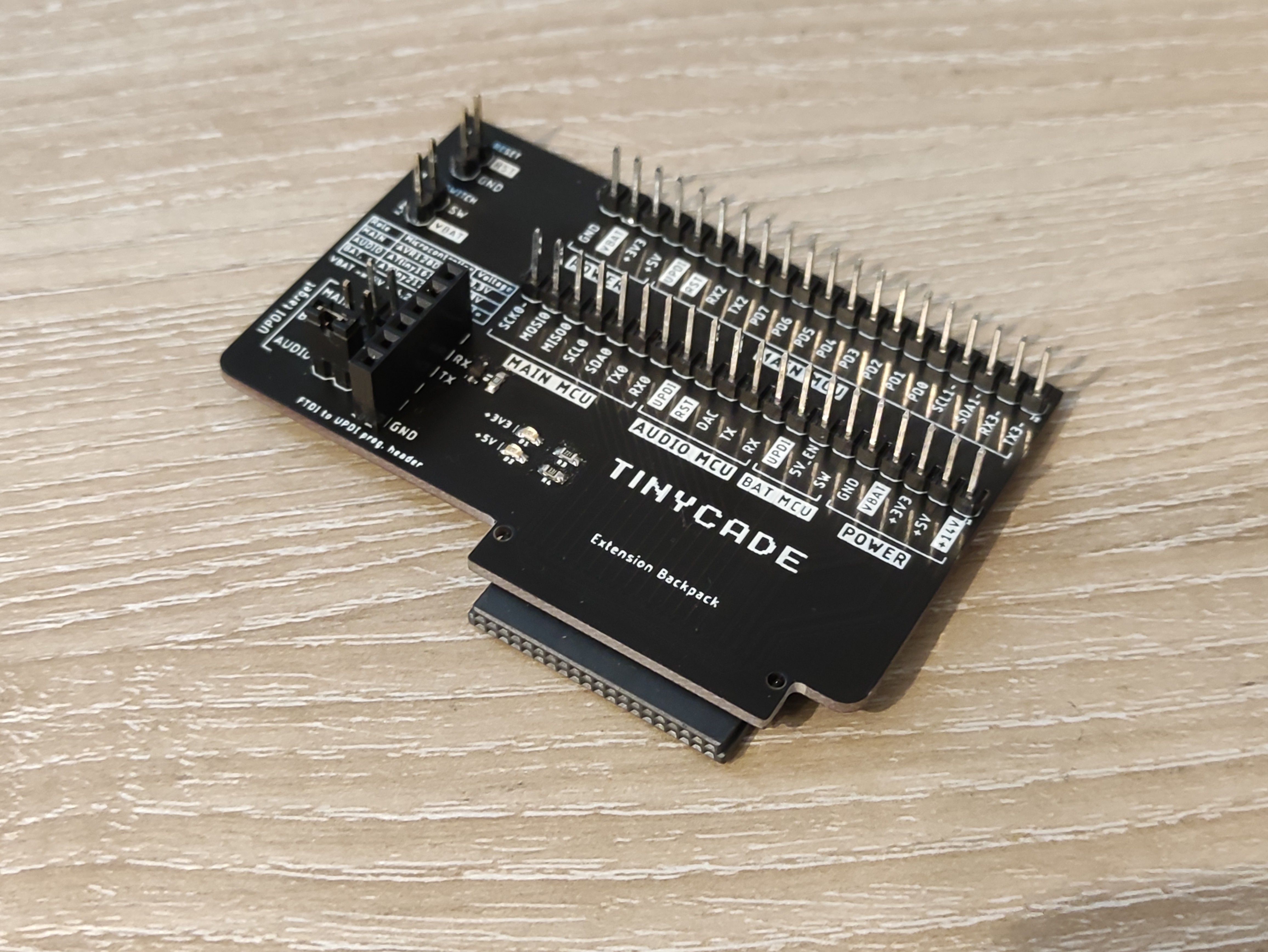
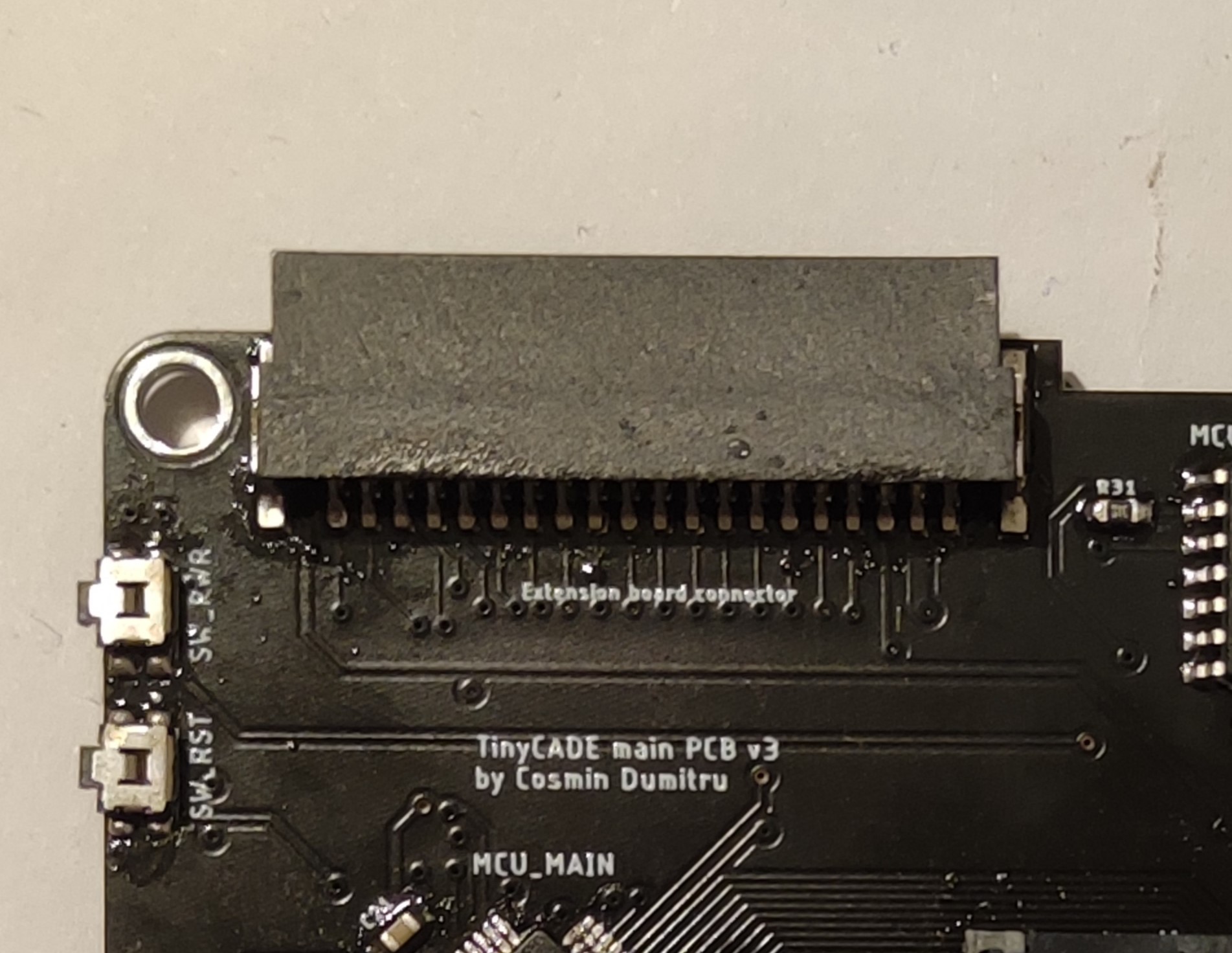
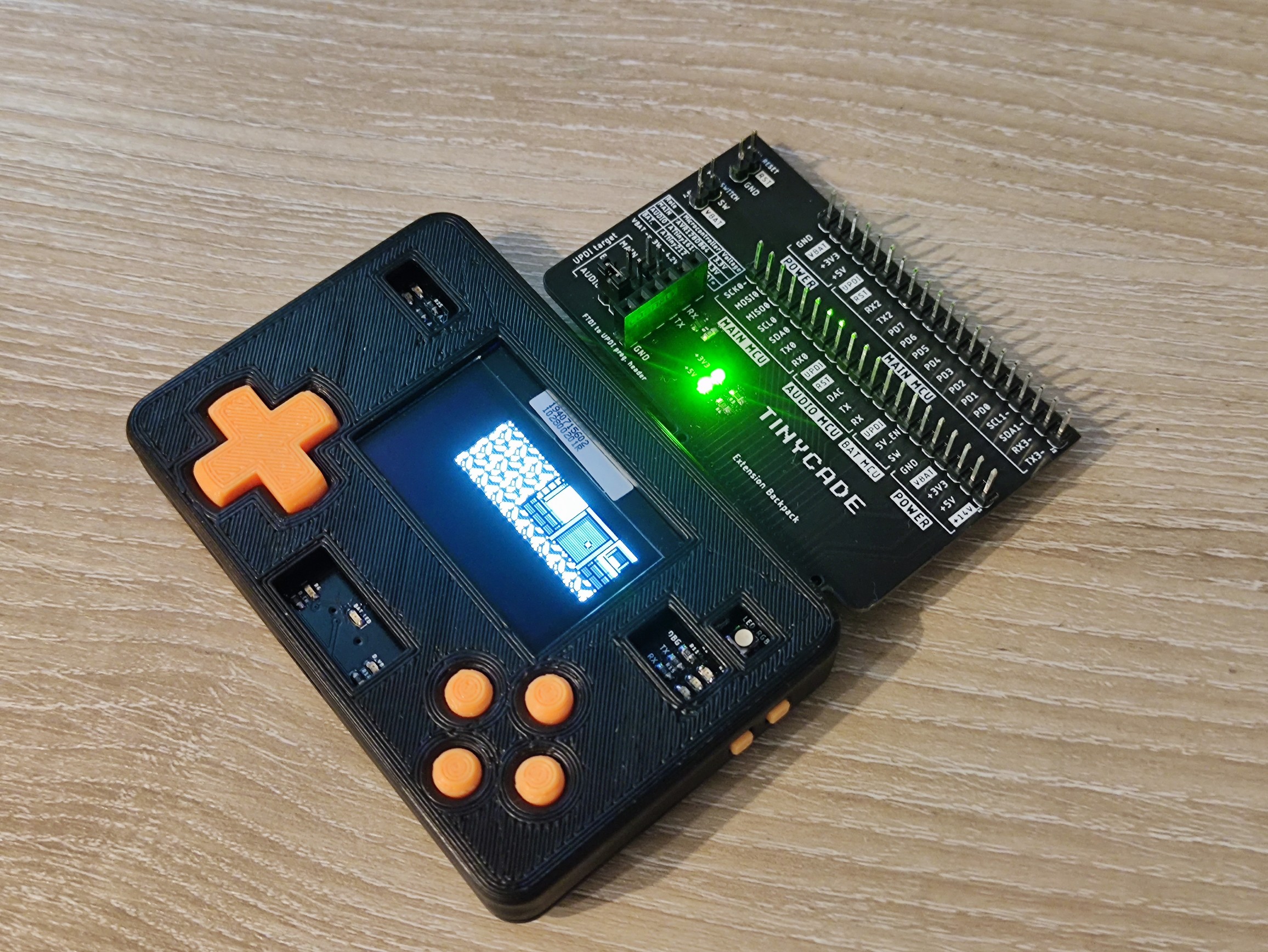
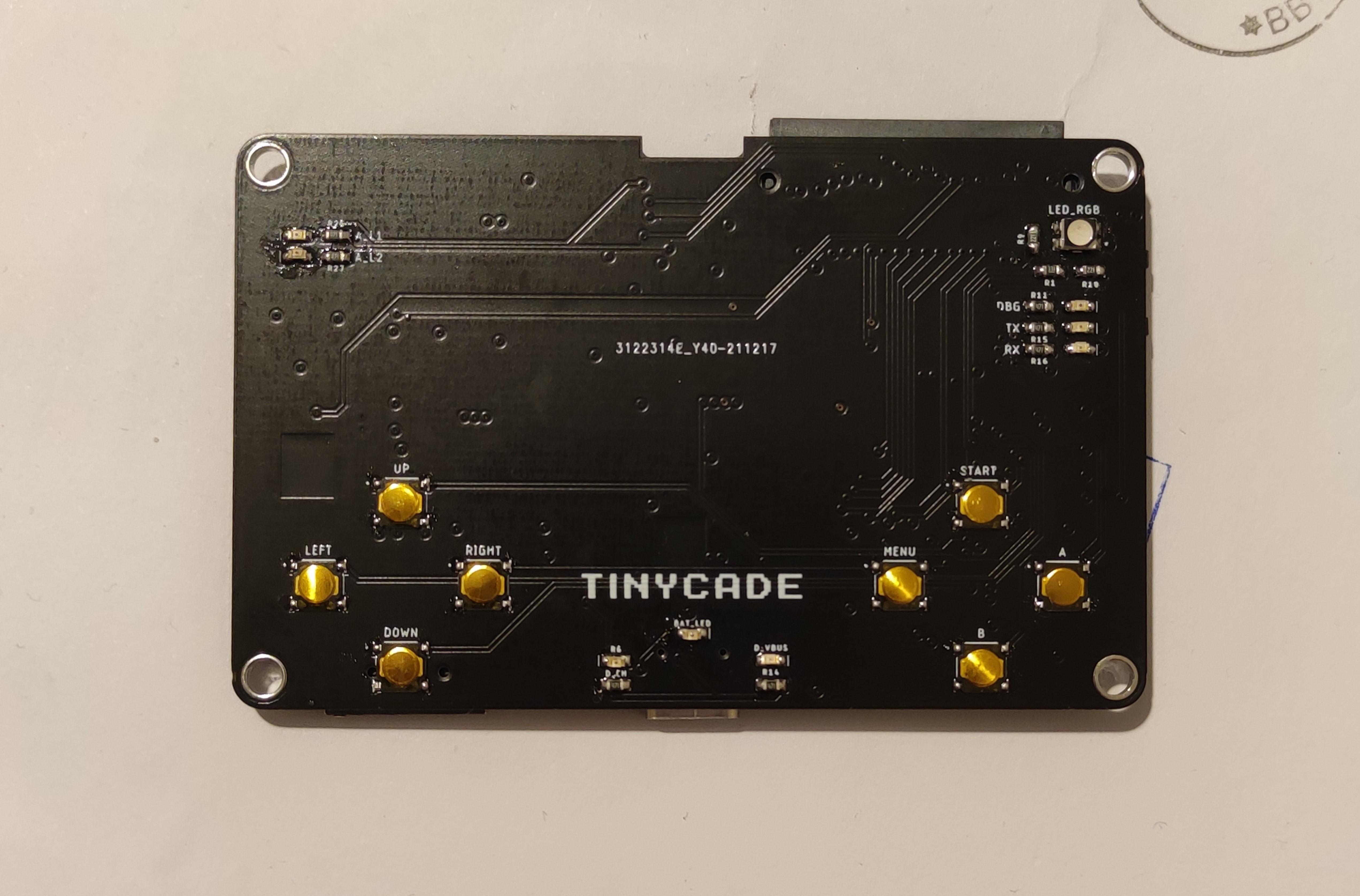

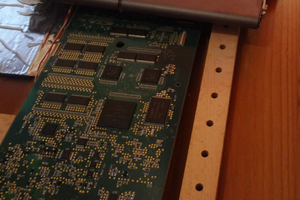

 Matias N.
Matias N.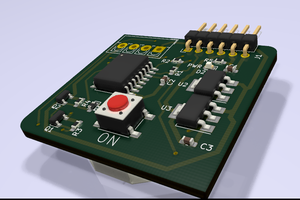
 Taiwo
Taiwo
 Chris Miller
Chris Miller
no yoistick and to less RAM